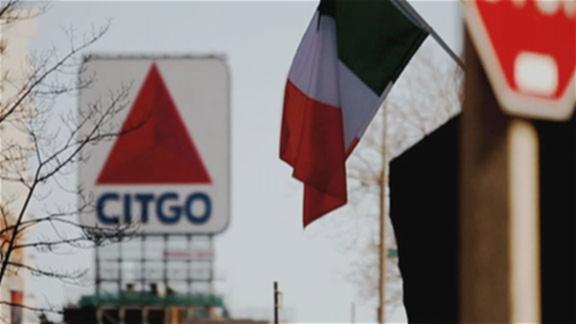Citgo Sign: Landmark or Curse
The Citgo Petroleum Corporation began in 1910 by Henry L. Doherty originally known as the Cities Services Company. A big sign was built a couple blocks away from Fenway Park at Kenmore Square in Boston Massachusetts. City services changed its name to CITGO. Thus, changing the sign to what today is known as the Citgo Sign. For the company the Citgo sign was just for advertisement but for Bostonians it became much more.
 |
| "See it go" |
Foley, the famous electrician who began working on the sign in 1965 at the age of 20, has been the keeper of the sign ever since. He upgraded the sign in 2004 from neon to LEDs to save energy and keep the sign up to date. Foley, in an interview with the New York Times, said, ““I was only a kid when I started servicing it, and I’m still servicing it. It’s part of me.” Not only has it become a part of Foley, but it has become a part of the city’s culture. The sign has become important to the city and is now in tour guide brochures and post cards as a representation of the city.
The sign originally became famous by its exposure through the Red Sox games. A tradition at Red Sox games is to chant “C-IT-GO” whenever a player hits a home run over the left field. The sign has become a symbol of good feeling for Red Sox fans all over the world. In 1980 the mayor of Boston, Edward J. King, wanted to turn off and tear down the sign as a symbol of energy conservation. By that time the sign had gain affection from all over the nation and the world. After many protest and the acknowledgement of its importance to the city, the mayor decided to pause the removal of the sign and turned it back on in 1983. No other sign has had such an impact or importance on a city since the famous Welcome to Fabulous Las Vegas sign which is well known all over the world and was declared a national landmark. Most Bostonians and Red Sox fans everywhere believe the sign should be a landmark while others have cynical views about the sign and wish to remove it.
Signs of Time: Citgo and Hugo by Andres Orozco

No comments:
Post a Comment